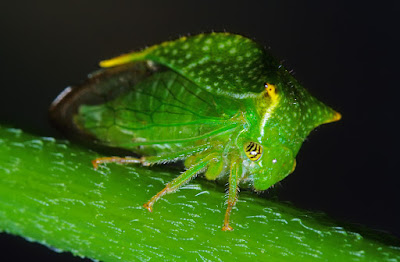"There’s a whole world out there, right outside your window. You’d be a fool to miss it."
— Charlotte Eriksson
The weather was perfect for outdoor excursions to the prairie parcel and creek corridor of Pheasant Branch. NEXRAD showed subtle signs of migration, but I did not detect any southbound species I could definitively pin to migration. However, a friend of mine said he found a few northern warbler species that would have to be migration or dispersal from nearby Baraboo Hills. American Goldfinches were the most abundant bird, but I did find a few Common Yellowthroats and Sedge Wrens. Apart from that, bird-wise there wasn't much detectable avian activity.
“Invitation” by Mary Oliver
Oh do you have time
to linger
for just a little while
out of your busy
and very important day
for the goldfinches
that have gathered
in a field of thistles
for a musical battle,
to see who can sing
the highest note,
or the lowest,
or the most expressive of mirth,
or the most tender?
Their strong, blunt beaks
drink the air
as they strive
melodiously
not for your sake
and not for mine
and not for the sake of winning
but for sheer delight and gratitude –
believe us, they say,
it is a serious thing
just to be alive
on this fresh morning
in the broken world.
I beg of you,
do not walk by
without pausing
to attend to this
rather ridiculous performance.
It could mean something.
It could mean everything.
It could be what Rilke meant, when he wrote:
You must change your life.
The sneaky Sedge Wrens were singing nonstop as they are keen to do. This particular bird stuck to the grass, but I was able to find a window through the vegetation with my digiscoping rig. At Barneveld Prairie near where I work, there appears to be a mid-summer resurgence of these wrens for a second brood. This extended and somewhat late breeding season isn't completely understood, but thought to be either renesting attempts or an adaptive response to delayed availability of suitable habitat. I've observed this phenomenon many times over the years. High numbers of Sedge Wrens suddenly arriving on territory mid-summer leads me to believe these birds have adapted to seek new nesting habitat once first broods have fledged and no longer require parental care. It isn't uncommon to find young from the second brood into late September and early October.
And now back to the creek corridor's circuitous trails! This may turn out to be my final hopper collection of summer 2021. Here we have some of the usual suspects like Buffalo Treehopper, Two-horned Treehopper, and Wide-footed Treehopper. Also, there's a Aphrodes Spittlebug and a Leafhopper from the genus Jikradia. If you're a regular reader of this blog, you'll know which is which! :)
A very late for the season Dogbane Leaf Beetle ...
Some cool flies ...
Nifty spiders ...
And other things! I know them, but knowing their names isn't the most important thing. The most important thing is to walk into a woods, search, find, observe, and then repeat for hours at a time. It's the surest way to get to know the planet a little better. Whether it's pitiless indifference or something teleological doesn't so much matter in that moment — it's everything. Each living thing has its own short story against the framework of existence and the enormity of the cosmos. Ponder yourself and your story within the context of theirs, and how lucky you are that you can.
All images © 2021 Mike McDowell

























